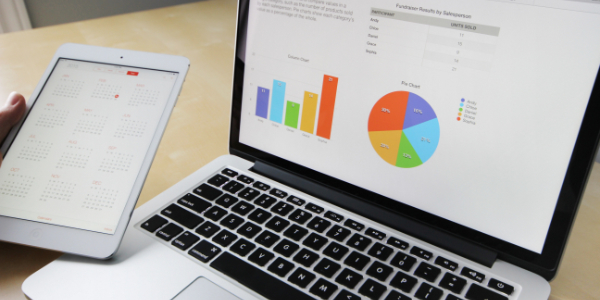Home /
Money Blog
Who Will Have More?
Note: You can use any financial calculator to do this problem, but if you want the BEST, you can
get our
10bii
Financial Calculator for iOS, Android, Mac, and Windows!
 Image Source
Image Source
THE SCENARIO
This week something reminded me of a classic question that was covered in the first class that taught me how to use a financial calculator. You may not have seen it, though, so today we'll work through it.
Say there are two recent college grads, Angela and Bill. They both make $50,000 per year, and they both want to retire in 40 years. They will both invest their retirement savings in an investment that will yield 8.5% interest per year.
Angela invests 12% of her income for the first 10 years, then stops and lets it grow for the next 30 years.
Bill waits 10 years and then invests 12% of his income for the remaining 30 years.
The question: Who has more money after 40 years, and how much more do they have? Assume their income never goes up over time.
THE SOLUTION
This one is pretty straightforward, but it has 4 parts.
- Find out how much Angela has after 10 years.
- Find out how much Angela has at the end.
- Find out how much Bill has at the end.
- Find out who has more, and how much more they have.
For the contributions, 12% of $50,000 is $6,000 per year. $6,000 per year is $6,000 ÷ 12 = $500 per month.
First things first, make sure the calculator is using 12 Payments per Year.
Step 1: How much does Angela have after 10 years?
N: 120 (Angela invests every month for 10 years, which is 10 x 12 = 120 months)
I/YR: 8.5 (The investment yields 8.5% per year)
PV: 0 (Angela starts with nothing)
PMT: -500 (Angela invests $500 per month)
FV: (This is what I'm trying to find)
After 10 years of investing, Angela has $94,069.21.
Step 2: How much does Angela have at the end?
N: 360 (Angela retires 30 years later, which is 30 x 12 = 360 months)
I/YR: 8.5 (The investment yields 8.5% per year)
PV: -94,069.21 (This is the result from Step 1)
PMT: 0 (Angela doesn't invest anything more for the remaining 30 years)
FV: (This is what I'm trying to find)
At retirement, Angela has $1,193,973.31.
Step 1: How much does Bill have at the end?
N: 360 (After doing not investing for the first 10 years, Bill invests every month for 30 years, which is 30 x 12 = 360 months)
I/YR: 8.5 (The investment yields 8.5% per year)
PV: 0 (Bill starts with nothing)
PMT: -500 (Bill invests $500 per month)
FV: (This is what I'm trying to find)
At retirement, Bill has $825,352.86.
Step 4: Who did better?
At retirement, Angela has $1,193,973.31 and Bill has $825,352.86.
So Angela retires with $1,193,973.31 - $825,352.86 = $368,620.45 more than Bill.
Note that overall, Angela invested $500 x 120 = $60,000 into her retirement account, whereas Bill invested $500 x 360 = $180,000. So Bill invested
three times as much as Angela, and ended up with $368K less!
Have you started saving for retirement? If not, why not? If so, did you start early, or are you trying to play catch-up? Let us know in the comments!
 Image Source
Image Source